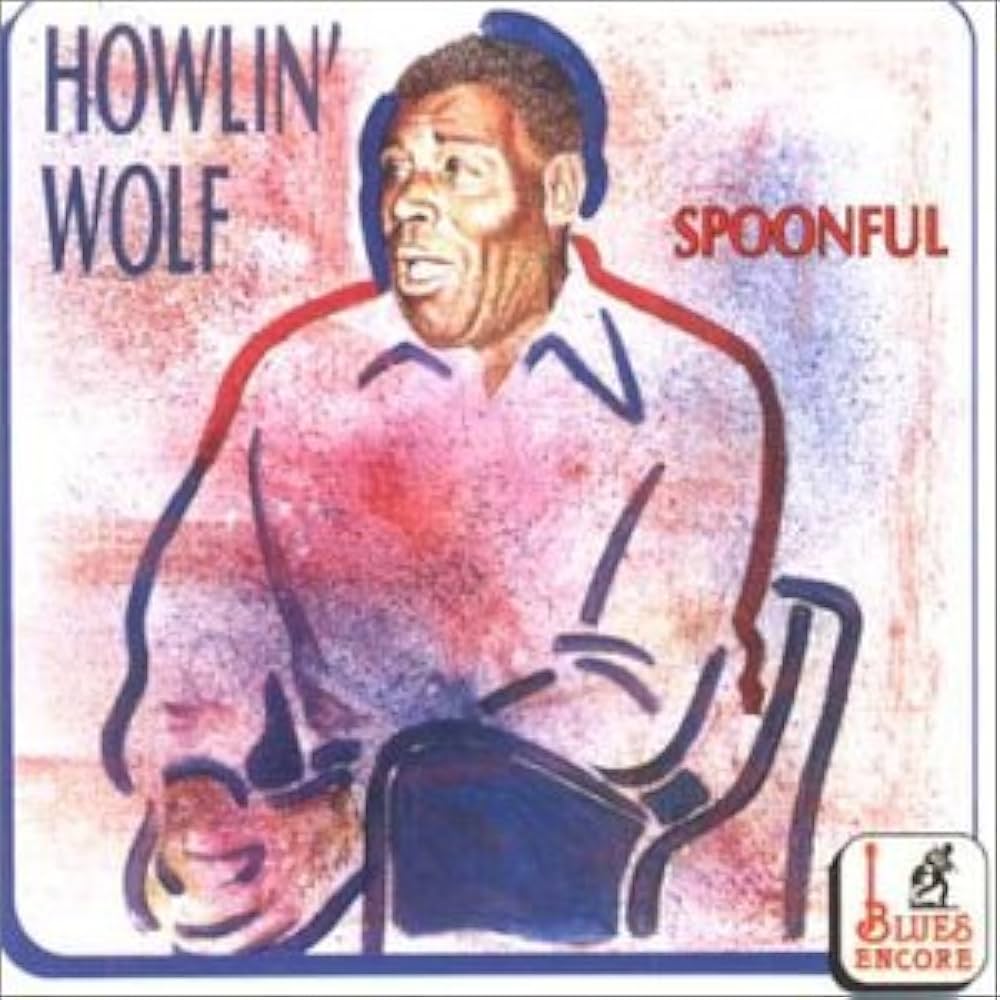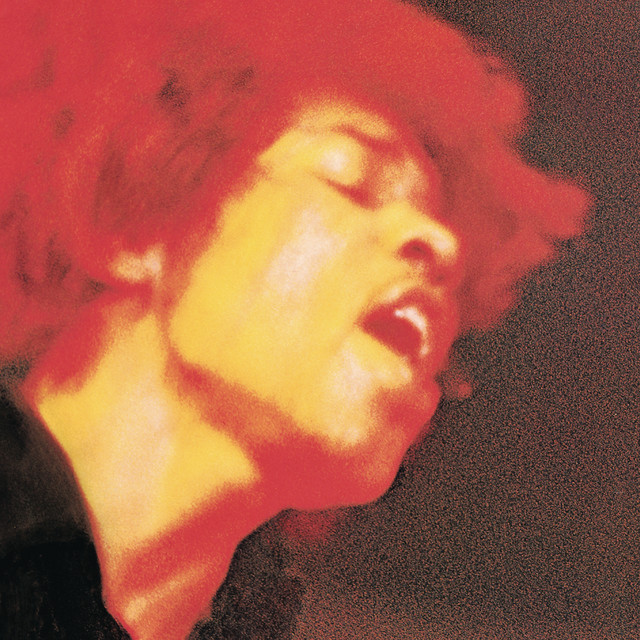 Joni Mitchell’s “Both Sides Now” is one of those rare songs that transcends time, genre, and personal experience. First released in 1969 on her landmark album Clouds, the track quickly became a defining moment in the singer-songwriter movement, establishing Mitchell as a master of emotional nuance, lyrical precision, and melodic sophistication. Unlike many songs that define an era, “Both Sides Now” continues to resonate decades later, in part because it operates on multiple planes at once: it is both intimate and universal, melancholic and reflective, simple in its instrumentation yet complex in its emotional resonance.
Joni Mitchell’s “Both Sides Now” is one of those rare songs that transcends time, genre, and personal experience. First released in 1969 on her landmark album Clouds, the track quickly became a defining moment in the singer-songwriter movement, establishing Mitchell as a master of emotional nuance, lyrical precision, and melodic sophistication. Unlike many songs that define an era, “Both Sides Now” continues to resonate decades later, in part because it operates on multiple planes at once: it is both intimate and universal, melancholic and reflective, simple in its instrumentation yet complex in its emotional resonance.
A Song of Perspective
At its core, “Both Sides Now” is a song about perspective. It examines life, love, and human experience with a dual lens, reflecting on joy and sorrow, certainty and doubt. What makes it so compelling is how it achieves this without ever becoming didactic or heavy-handed. Mitchell’s approach is quiet, introspective, and profoundly relatable. Listeners are drawn into a space of self-reflection, prompted to consider their own experiences alongside the gentle framing of the music.
The song’s brilliance lies in its ability to capture the simultaneous simplicity and complexity of life. It is intimate in its emotional honesty while maintaining a universality that allows it to speak across generations. The sense of bittersweet insight, the recognition of life’s contradictions, and the understated wisdom embedded in the phrasing are what make it a song that rewards repeated listening.
The Sonic Landscape
Musically, “Both Sides Now” is deceptively simple. Its arrangement centers on Mitchell’s voice and acoustic guitar, creating a space that feels both personal and expansive. The guitar work is elegant but unobtrusive, serving as the perfect foundation for the vocal lines. It doesn’t call attention to itself; instead, it reinforces the reflective mood of the song.
Mitchell’s vocal performance is where the magic truly resides. Even in the original 1969 recording, her voice possesses a clarity and warmth that feels immediate and authentic. There is a subtlety in her delivery, a careful modulation of tone that conveys both thoughtfulness and vulnerability. Every note carries emotional weight without ever tipping into melodrama. This balance is rare in popular music, and it’s one of the reasons the song feels timeless.
The song’s pacing also contributes to its power. The moderate tempo allows each phrase to breathe, giving listeners time to absorb the emotional nuances. There is a natural ebb and flow, a gentle rise and fall in intensity that mirrors the introspective nature of the lyrics. It feels like a conversation with oneself, a meditation that invites quiet contemplation.
Joni Mitchell as a Storyteller
What sets Joni Mitchell apart as an artist is her ability to tell stories that are both deeply personal and universally relatable. “Both Sides Now” exemplifies this skill. While the song emerges from Mitchell’s own perspective, it avoids being self-indulgent. Instead, it becomes a lens through which listeners can examine their own experiences.
The narrative structure is carefully constructed. The song moves through phases of reflection, each section offering a slightly different angle on the same emotional territory. This approach allows Mitchell to explore the complexity of human experience without overwhelming the listener. The effect is one of intimacy and immediacy, as though the song is a private journal entry shared with anyone willing to listen.
Mitchell’s songwriting here is meticulous. Each chord progression, every melodic contour, and the phrasing of each line are chosen with precision, reinforcing the song’s themes. The interplay between voice and guitar mirrors the duality in the song’s perspective, creating a sense of symmetry and coherence that underlines the reflective tone.
The Emotional Resonance
The emotional impact of “Both Sides Now” lies in its quiet honesty. Unlike songs that rely on dramatic crescendos or overt sentimentality, Mitchell’s performance conveys emotion through restraint. There is a subtle tension between longing and acceptance, between idealism and reality, that gives the song depth.
Listeners often find themselves moved not by what is explicitly stated, but by the space the song creates for personal reflection. The understated delivery allows room for projection, enabling each listener to find their own meaning within the song. This is a hallmark of Mitchell’s artistry: she invites engagement without dictating interpretation.
The song’s emotional complexity also reflects a maturity that was unusual for the time, particularly in the pop and folk genres of the late 1960s. Mitchell addresses universal human experiences—love, disillusionment, and self-awareness—with an intellectual and emotional sophistication that set her apart from her contemporaries.
Timeless Production
The production of the original recording of “Both Sides Now” contributes significantly to its enduring appeal. The arrangement is spare, emphasizing clarity and intimacy over embellishment. Acoustic instruments dominate, with subtle harmonic support that enhances the song without distracting from its emotional core.
This restrained approach allows Mitchell’s voice to remain the focal point. The recording captures the natural timbre and warmth of her vocals, creating a sense of presence and immediacy. The result is a track that feels alive and direct, as though she is performing in the same room with the listener.
Even in later reinterpretations, such as the orchestral version on her 2000 album Both Sides Now, the song retains its emotional potency. While the production is more elaborate in that version, the essence of Mitchell’s introspection and lyrical sensitivity remains intact. This adaptability demonstrates the song’s strength: its emotional resonance is not dependent on a particular arrangement but is embedded in the songwriting itself.
Impact and Legacy
“Both Sides Now” has had a profound influence on both listeners and fellow artists. It became a standard in the singer-songwriter canon, covered by countless performers across genres, from Judy Collins to Diana Ross to Emmylou Harris. Each interpretation offers a unique perspective, yet the core emotional impact of Mitchell’s composition endures.
The song’s crossover appeal also underscores its universality. It reached audiences beyond folk and pop enthusiasts, touching listeners who may not have engaged with singer-songwriter music otherwise. Its message of reflection and duality transcends cultural and generational boundaries, making it a song that continues to resonate in contemporary contexts.
Moreover, the song cemented Joni Mitchell’s reputation as one of the most sophisticated and innovative songwriters of her generation. Her ability to blend poetic insight with melodic elegance set a standard for lyrical and musical craftsmanship that continues to influence artists today.
Why “Both Sides Now” Endures
There are many factors contributing to the song’s longevity. First, its melodic beauty is undeniable. The tune is memorable yet flexible, capable of supporting diverse interpretations while retaining its identity. Second, its lyrical sophistication offers layers of meaning that reward repeated listening. The duality of perspective is something listeners can return to at different stages of life, each time finding new insights.
Third, Mitchell’s performance imbues the song with authenticity and emotional resonance. Her vocal delivery conveys thoughtfulness, introspection, and humanity. It’s a performance that feels personal without being exclusionary, inviting listeners to inhabit the song without dictating their emotional response.
Finally, the song’s production reinforces its timeless qualities. The minimalist arrangement, the clarity of instrumentation, and the warmth of Mitchell’s voice create a sense of intimacy that transcends the era in which it was recorded. It’s a song that feels both rooted in its time and remarkably contemporary.
Cultural Significance
“Both Sides Now” is more than a song; it is a cultural touchstone. It reflects a period of artistic exploration and introspection in the late 1960s while simultaneously transcending its historical context. The song’s themes of perspective, growth, and self-awareness resonate across generations, making it an enduring work of art.
Its impact on the music industry cannot be overstated. Mitchell’s songwriting techniques, particularly her ability to marry poetic lyricism with accessible melodies, influenced countless artists across multiple genres. The song’s success also demonstrated that introspective, contemplative music could achieve mainstream recognition, paving the way for future singer-songwriters.
Conclusion: A Timeless Reflection
“Both Sides Now” stands as a testament to Joni Mitchell’s artistry, intellect, and emotional depth. It is a song that transcends genre, time, and personal circumstance, offering listeners a space for reflection, introspection, and emotional connection. Its blend of melodic elegance, lyrical sophistication, and understated performance creates an experience that is at once intimate and universal.
Decades after its release, the song continues to captivate new audiences, proving that true artistry is not bound by the era in which it is created. Its exploration of duality, its delicate yet powerful emotional resonance, and its timeless musicality ensure that “Both Sides Now” remains one of the most significant and enduring works in the singer-songwriter canon.
In the landscape of 20th-century music, few songs achieve the combination of accessibility, poetic insight, and emotional authenticity that “Both Sides Now” embodies. It is, in every sense, a masterclass in songwriting — a reflection not only of life’s complexities but also of the enduring power of music to illuminate and connect.



